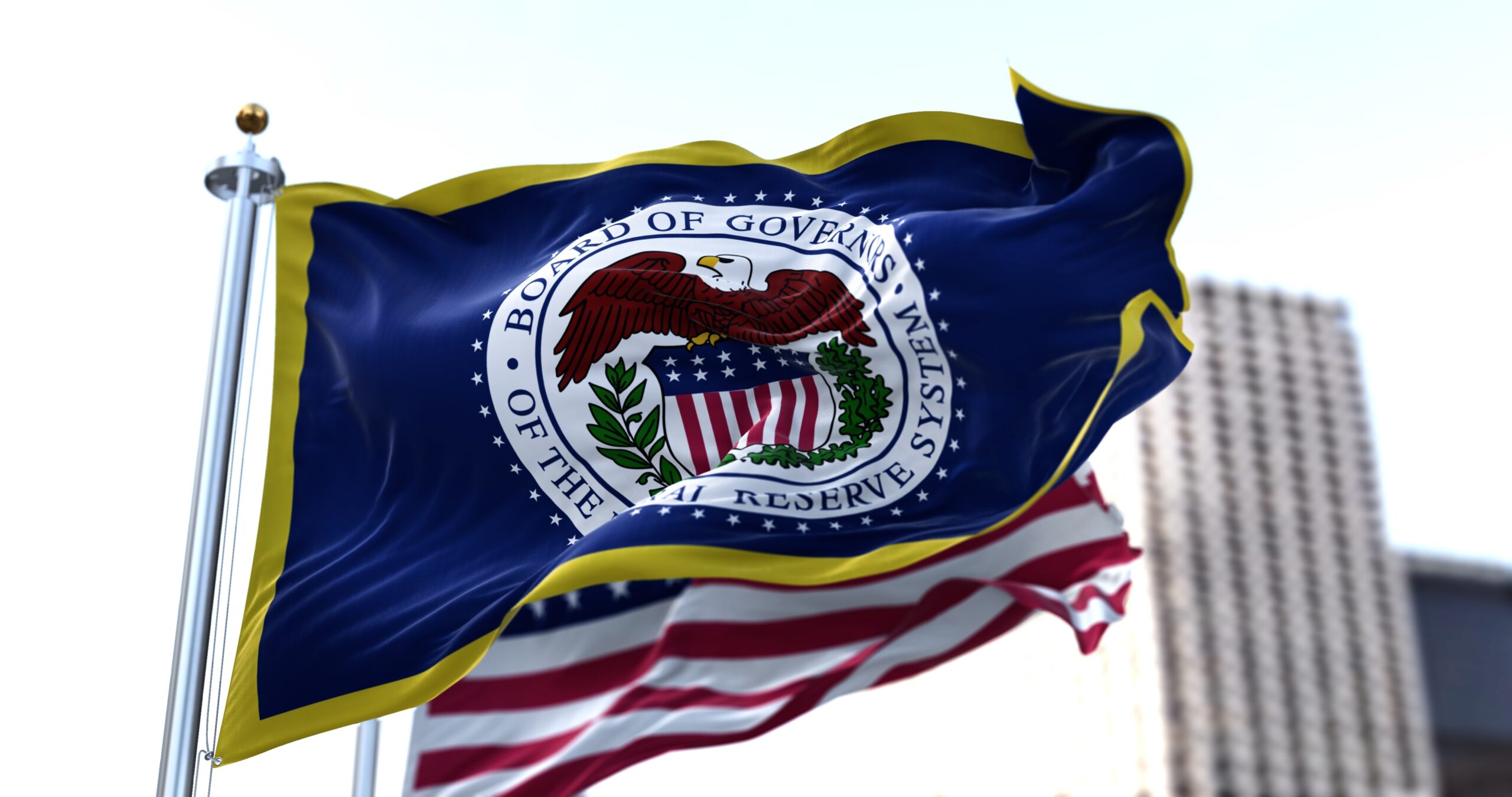
Key takeaways
- Bonds should provide much better diversification within portfolios going forward than they have so far in 2022
- Bond yields are as high as anytime since 2009
- Inflation may have already peaked, which might mean that bond yields have also peaked. So, bond prices may rise, making them a good investment
Interest rates have been relentlessly rising for the first half of 2022, which has resulted in very poor returns for bond investors. However, we think there might be some light at the end of the bond market tunnel. While it is hard to know whether bond yields (the measure of the income generation of a bond) have peaked, there is now a clear path for yields to stabilize or even fall. This in turn would cause bond prices to rise, making them a good investment.
For investors with a reasonable time horizon, here’s why we think now is a good time to buy bonds.
General bond yields highest since 2009
The Bloomberg Aggregate, a general index of high credit quality U.S. bonds, yields 3.79%. This is the highest it has been since 2009. This relatively high yield means that if nothing happens, i.e., bond yields remain similar to current, this strong income generation will result in a solid return for investors. It also means there is a bigger cushion for portfolios to absorb further rising interest rates. Why? Because when the yield on a bond rises, the price falls, but this price decline could be offset by the income generated by the bond. The more yield you start out with, the more cushion you have.
An aggressive Fed is priced in, and inflation might be responding
Like any financial market, today’s bond prices reflect future expectations. If we break down various bond yields we can see that the market is anticipating the Federal Reserve will hike short-term interest rates from 1.75% today to about 3.5% by 1Q 2023. Since this is what is embedded in current markets, if the Fed merely follows through with this course of action, the current yield curve is fair value. Bond yields (and therefore prices) would remain steady.
There are some signs that the economy is beginning to slow, and if so, it is very likely that inflation will soon follow. Some indicators of economic softness are the significant drop in housing activity, rising inventories at companies, and perhaps some signs that hiring is slowing. All of this could be a sign that the Fed’s policy moves to date are having an effect. We aren’t seeing it in actual inflation numbers just yet, but that tends to be a lagging indicator.
We should emphasize that these signs of slowness are only beginning to emerge, but this does mark a big change in how we need to think about bonds. Up until now, markets were dominated by uncertainty around a single question: how much inflation will we get? Now that is changing. If the economy is responding to Fed policy, then the era of ever-higher inflation is probably at an end. This leads to a new question: how strong (or how weak) will growth be going forward? In other words, will there be a recession or not?
What if we fall into a recession?
Fed Chair Jerome Powell has been very clear that the Fed will stamp out inflation even if it means causing a recession. If it does come to that, Treasury bond yields will almost certainly decline. In a recession, consumer demand will fall and quickly ease inflation pressures. Eventually, the Fed would likely cut rates several times to encourage consumer spending in an effort to revive the economy. It’s impossible to know exactly how much they would cut, but if they can stay below ~3.25%, most of the Treasury yields will settle lower than today and bond prices will rise as a result.
This does mean that bonds may be a better way to diversify an investment portfolio than they were at the start of 2022. For most of this year, stocks and bonds have suffered as the Fed ramped up its fight against inflation. Now that the risks between inflation and recession are more balanced, bonds and stocks should soon return to their more normal inverse relationship. Typically, when the stock market rises, the bond market falls, and vice-versa.
What if it is a “soft” landing?
Fed Chair Jerome Powell has also talked about a “soft” landing for the economy. What does this mean? Anytime the Fed is hiking rates, they are doing so to try to slow overall spending in the economy. In today’s environment, this is in an effort to bring inflation back under control.
In a soft landing, the Fed lowers the rate of spending via rate hikes, just enough to quell inflation but not so much that it damages the economy otherwise. That is, inflation falls without weakness in GDP or rising unemployment.
Although soft landings have occurred a few times historically, even the Fed admits it will be “challenging” to bring inflation down without any impact on the labor market. But, the Fed has implied that the impact would be manageable.
Regardless of how it happens, let’s say that 18 months from now, inflation has subsided and the economy is back to solid growth. Could bond yields rise in that scenario? Maybe Treasury bond yields rise a little, but that’s not the only kind of bond. Corporate bonds, which are functionally loans to large companies, currently have yields that are near recessionary levels. In any scenario where the economy keeps growing, or even in a mild recession, corporate bonds are very cheap. If the economy remains strong, the gap in yields between corporate and Treasury bonds will compress, and as a result corporate bond returns should be very strong. Hence in any soft landing scenario, this segment is likely to drive the performance of general bond funds.
Final word
While bonds have had a terrible year, and it is understandable why investors might want to write them off, in thinking through the various outcomes we might see over the next couple years, it’s easy to recognize that they are quite positive for bond prices.
- In a recession, yields should fall, which causes prices to rise and this results in good performance for bonds that could partially offset negative returns in stocks and other riskier asset classes.
- If we can avoid a recession, or keep it very mild, corporate bond performance will likely be very strong.
- Bonds as an asset class are in better shape to weather volatility than anytime in a decade due to their current relatively high starting yields.
Based on these factors, the risk-reward equation favors bonds over cash for investors with a multi-year investment horizon. If you have cash sitting on the sidelines but stocks still make you nervous, now might not be a bad time to add to your bond allocation.


